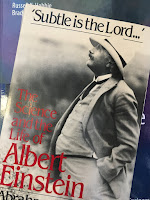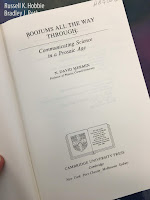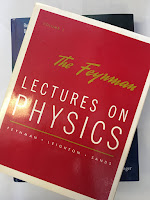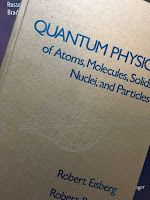Enjoy.
Section 8.6
Problem 25.1 The concept of “skin depth” plays a role in some biomagnetic applications.
(a) Write Ampere’s law (Eq. 8.22) for the case when the displacement current is negligible.
(b) Use Ohm’s law (Eq. 6.26) to write the result from (a) in terms of the electric field.
(c) Take the curl of both sides of the equation you found in (b) (Assume the conductivity σ is homogeneous and isotropic).
(d) Use Faraday’s law (Eq. 8.20), ∇·B=0 (Eq. 8.7), and the vector identity ∇×(∇×B)=∇(∇·B)-∇2B to simplify the result from (c).
(e) Your answer to (d) should be the familiar diffusion equation (Eq. 4.24). Express the diffusion constant D in terms of electric and magnetic parameters.
(f) In Chapter 4, we found that diffusion over a distance L takes a time T equal to L2/2D. During transcranial magnetic stimulation, L=0.1 m, σ=0.1 S/m and μo=4π × 10−7 T m/A. How long does the magnetic field take to diffuse into the head? Is this time much longer than or much shorter than the rise time of the magnetic field for the stimulator designed by Barker et al. (1985)?
(g) Solve T= L2/2D for L, using the expression for D found in (e). Calculate L for T=0.1 ms. Is L much larger than or much smaller than the size of your head? L is closely related to the “skin depth” defined in electromagnetic theory.
(h) During magnetic resonance imaging (see Chapter 18), an 85 MHz radio-frequency magnetic field is applied to the body. Calculate L using half a period for T. How does L compare to the size of the head? The frequency of the RF field is proportional to the strength of the static magnetic field in an MRI device, and 85 MHz corresponds to 2 T. If the static field is 7 T (common in modern high-field MRI), calculate L. Is it safe to ignore skin depth during high-field MRI?
Problem 25.2 During magnetic stimulation, a changing magnetic field B induces eddy currents in the body that produce their own magnetic field B'. The goal of this problem is to compare B' and B. We can estimate B' using the following approximations. First, ignore the vector nature of all fields and do not distinguish between components. Second, ignore all negative signs. Third, replace all time derivatives with multiplication by 1/T, where T is a characteristic time. Fourth, replace all space derivatives (such as the curl) by multiplication with 1/L, where L is a characteristic length.
(a) Use Faraday’s law (Eq. 8.20) to estimate the induced electric field E from B.
(b) Use Ohm’s law (Eq. 6.26) to estimate the current density J from E.
(c) Use Ampere’s law (Eq. 8.22, but ignore displacement currents) to estimate B' from J.
(d) Combine parts (a), (b), and (c) to determine an expression for the ratio B'/B in terms of the conductivity σ, the permeability μo, L, and T.
(e) In magnetic stimulation, L=0.1 m, T=0.1 ms, σ=0.1 S/m and μo=4π × 10−7 T m/A. Calculate B'/B. Is it safe to ignore B' compared to B during magnetic stimulation?







